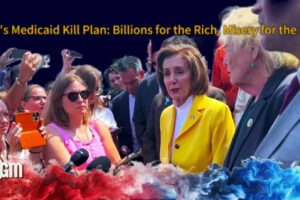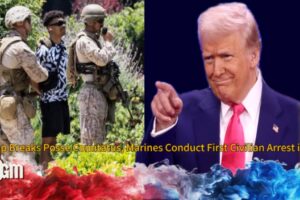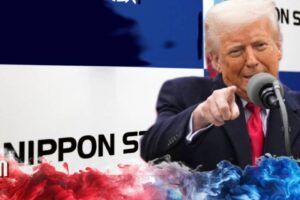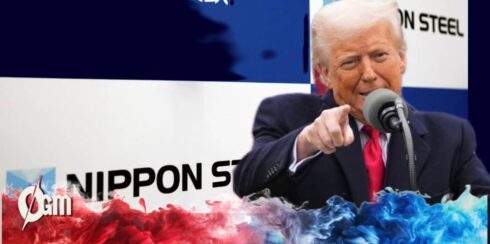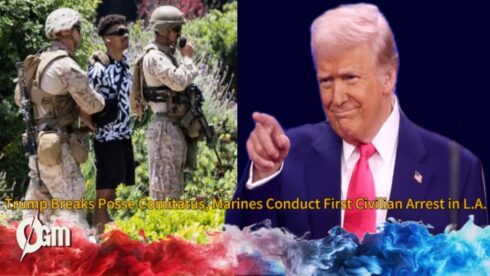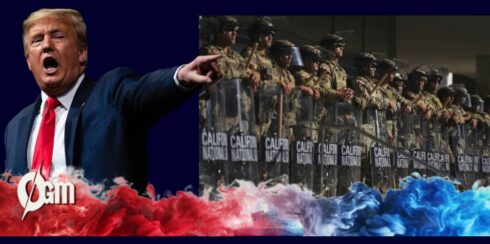President Donald Trump on Friday cleared the way for a historic acquisition of U.S. Steel by Japan’s Nippon Steel Corporation, signing an executive order that permits the deal to proceed under strict national security conditions. While the agreement marks a major milestone in the nearly $15 billion transaction, critical aspects of the merger—including governance rights, deal structure, and federal oversight mechanisms—remain shrouded in uncertainty.
National Security Agreement at the Heart of Approval
The approval came with conditions: the two companies must execute a “national security agreement” that addresses U.S. strategic interests. Both firms announced they had signed such an agreement shortly after President Trump issued the executive order, fulfilling the administration’s requirement.
The agreement reportedly includes $11 billion in new investments in U.S. operations by 2028, with further capital commitments possible after that. Additionally, the deal mandates that U.S. Steel’s headquarters remain in Pittsburgh, that an American citizen serve as CEO, and that a U.S.-majority board oversee operations—critical concessions designed to keep key decision-making on American soil.
Golden Share’ Sparks Confusion Over Control
A focal point of debate has been the so-called “golden share” granted to the U.S. government, which could potentially give federal authorities veto power over certain strategic decisions involving U.S. Steel. While President Trump said the golden share ensures “51% ownership” and “total control” by the U.S., Nippon executives have publicly contradicted that claim, insisting they require sufficient “management freedom” to operate the company.
The precise scope of this golden share remains undisclosed. Neither the executive order nor the joint company statement provided clarity on how oversight will function in practice, leaving questions about how much authority Washington will ultimately wield.
From Rejection to Revival: A Tumultuous Path to Approval
The road to Friday’s announcement has been anything but smooth. Nippon Steel first offered to acquire U.S. Steel in December 2023, a bid that was blocked in early 2025 by then-President Joe Biden on national security grounds. Biden’s decision was applauded by the United Steelworkers union but sparked legal challenges from both companies, who alleged bias in the national security review.
After returning to office in January 2025, President Trump ordered a new 45-day review of the proposed deal. Throughout the process, he made conflicting remarks—at times supporting an investment by Nippon, other times suggesting U.S. control was non-negotiable. The final order reflects a compromise: allowing the transaction to move forward under a heavily scrutinized framework.
OGMNews.COM
Steelworkers Betrayed Again? Trump’s Nippon Deal Sparks Fears of Job Loss and Foreign Influence
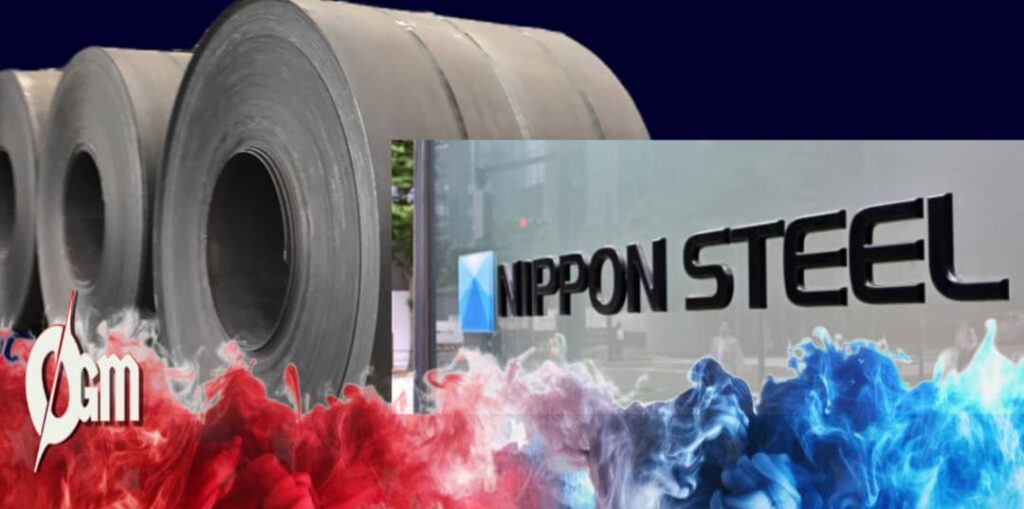
Despite the Trump administration’s assurances, opposition to the deal remains strong. The United Steelworkers have called the agreement a “public relations exercise” and argue that Nippon’s past trade practices—particularly steel dumping—have cost American jobs and undercut domestic producers.
Rival steelmaker Cleveland-Cliffs has also condemned the deal, claiming U.S. Steel “rejected an all-American solution” by turning down its earlier bid. The firm accuses Nippon of exploiting trade loopholes and says the sale threatens long-term industrial self-sufficiency in the U.S.
Investment Pledges and Market Reactions
Under the terms of the approved agreement, Nippon Steel has committed to invest $11 billion by 2028, including potential modernization of aging mills like Mon Valley Works near Pittsburgh. According to Reuters, the Japanese steelmaker also intends to spend an additional $3 billion on new facilities after 2028.
The market responded positively to the announcement, with U.S. Steel shares rising by nearly 5% following the news. Analysts say investor confidence has been buoyed by the prospect of long-overdue capital injection into U.S. Steel’s operations amid rising demand for infrastructure-grade steel.
Japan Welcomes Deal Ahead of Trump-Ishiba G7 Summit
The Japanese government has hailed the agreement as a win for bilateral trade and technological cooperation. Yoji Muto, Japan’s Minister of Economy, Trade and Industry, said in a statement that the transaction would “enhance innovation capabilities” in both countries and deepen strategic industrial ties.
The timing of the announcement appears calculated ahead of Sunday’s G7 summit in Italy, where President Trump is expected to meet Japanese Prime Minister Shigeru Ishiba. Diplomatic observers say the deal may bolster efforts to reach a broader U.S.-Japan trade pact during the summit.
Execution and Oversight Still Pending
Although the Trump administration has cleared the path for the sale, critical work remains. Nippon and U.S. Steel must formally finalize their national security agreement with oversight agencies like the Committee on Foreign Investment in the U.S. (CFIUS). Details about how the golden share will function, how funds will be distributed, and whether Nippon gains full operational ownership are still forthcoming.
If these steps proceed as planned, the merger could close within weeks—transforming U.S. Steel into a Japanese-owned but U.S.-governed hybrid, with major implications for the future of American manufacturing, labor relations, and trade policy. Until then, key elements of the deal remain behind closed doors, leaving policymakers, investors, and unions watching closely.


